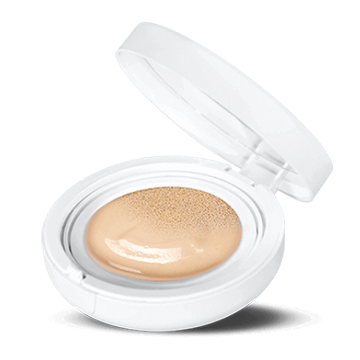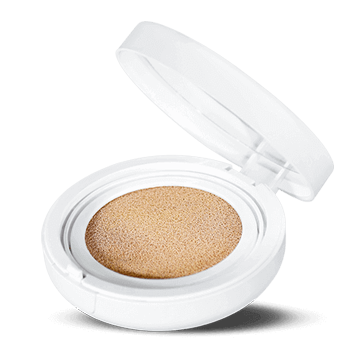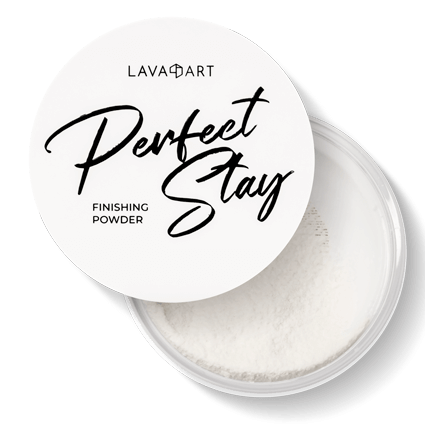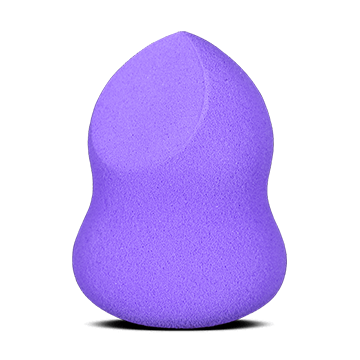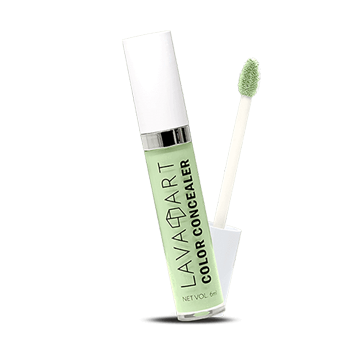In Japan, camellia extract has been used for skincare for centuries and has recently become a popular ingredient in Western skincare products.
Camellia japonica is an oil-rich plant native to Asia, particularly Japan and China, and has long been used to nourish the skin, mainly because of its remarkable moisturizing properties, as well as the extract’s ability to penetrate deep into the skin layers, and deliver essential fatty acids, antioxidants, and Vitamins A, B, D, and E.
This Ingredient Edit breaks down everything needed to know about camellia extract and its benefits to the skincare routine.
What is Camellia Extract?
Camellia japonica, also known as Japanese camellia or Tsubaki, is an edible flower that grows on the tea plant. It's a woody evergreen shrub with glossy dark green leaves and reddish-orange flowers that bloom from September to March. The plant produces a seed that contains richly emollient oil with powerful antioxidant properties popularly known for centuries in skincare products.
There are several different varieties of camellia seeds. Still, Camellia oleifera is the most commonly used in skincare because it contains high linoleic acid, oleic acid, and other fatty acids. These ingredients help balance moisture levels in the skin and provide extra hydration throughout the day.
Ingredients and Their Functions
Camellia extract is rich in antioxidants, namely polyphenols, particularly epigallocatechin-3-gallate (EGCG). Antioxidants are known to:
- Fight free radicals
- Reduce inflammation
- Keep skin looking young by fighting off signs of aging
In addition, camellia extract is a rich source of vitamins C and E and essential fatty acids, including omega-3, omega-6, and omega-9. It is also rich in minerals, including:
- Potassium
- Calcium
- Magnesium
The Japanese rose has also emollient properties that soften the appearance of fine lines and wrinkles. It’s also said to have antibacterial properties, which may help keep pores clear and prevent acne breakouts. Due to this range of nutrients, camellia extract can nourish skin by improving its texture and tone.
Side Effects of Camellia Extract
There have not been reports of adverse side effects of using camellia oleifera leaf extract. However, we advise people who have a known allergy to the tea plant to avoid using this ingredient.
Researchers have seen few cases of allergic reactions such as itchy skin, redness, and swelling. In case of any side effects from using camellia extract, we recommend that you discontinue use immediately.
Camellia Extract Usage
With its moisturizing benefits and high vitamin C content, the camellia seed oil is useful in many beauty products.
Moisturizer
The oil softens skin and protects it from moisture loss by creating a barrier on the surface of your skin that locks in hydration.
Anti-Aging
The antioxidant properties in camellia seed oil help protect the skin against free radical damage, which can cause signs of aging like fine lines and wrinkles.
Hair Repair
Camellia seed oil strengthens hair follicles and reduces damage caused by heat styling or chemical treatments like perms or color services.
Conclusion
As the camellia oil market continues to explode, it will be interesting to see what research emerges about this ingredient in the next few years. We'll possibly accumulate even stronger evidence regarding regulatory mechanisms and anti-aging benefits from using this ingredient. More research is likely to get done on this ingredient, so keep an eye out for future updates on how to use it.


